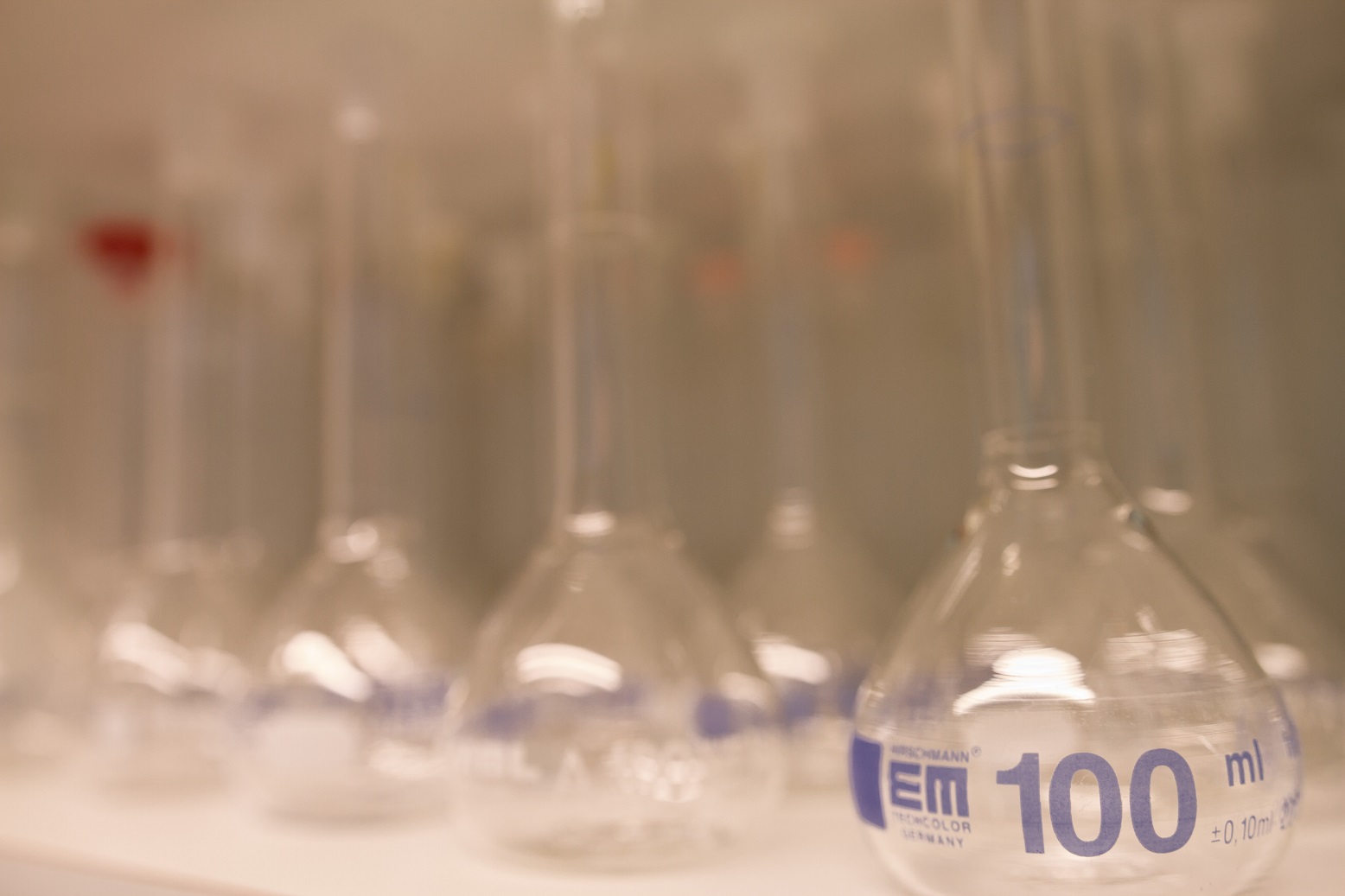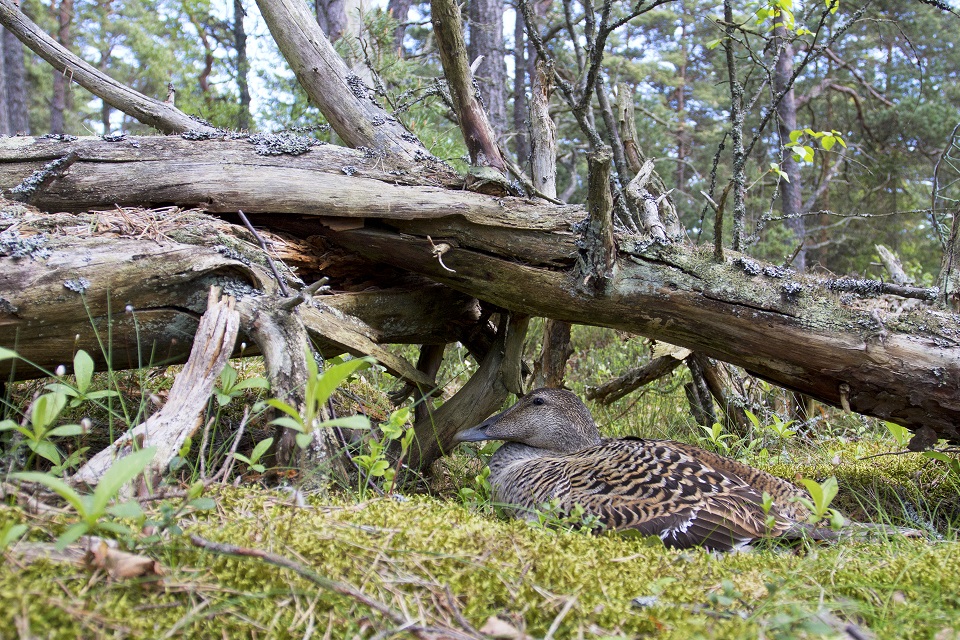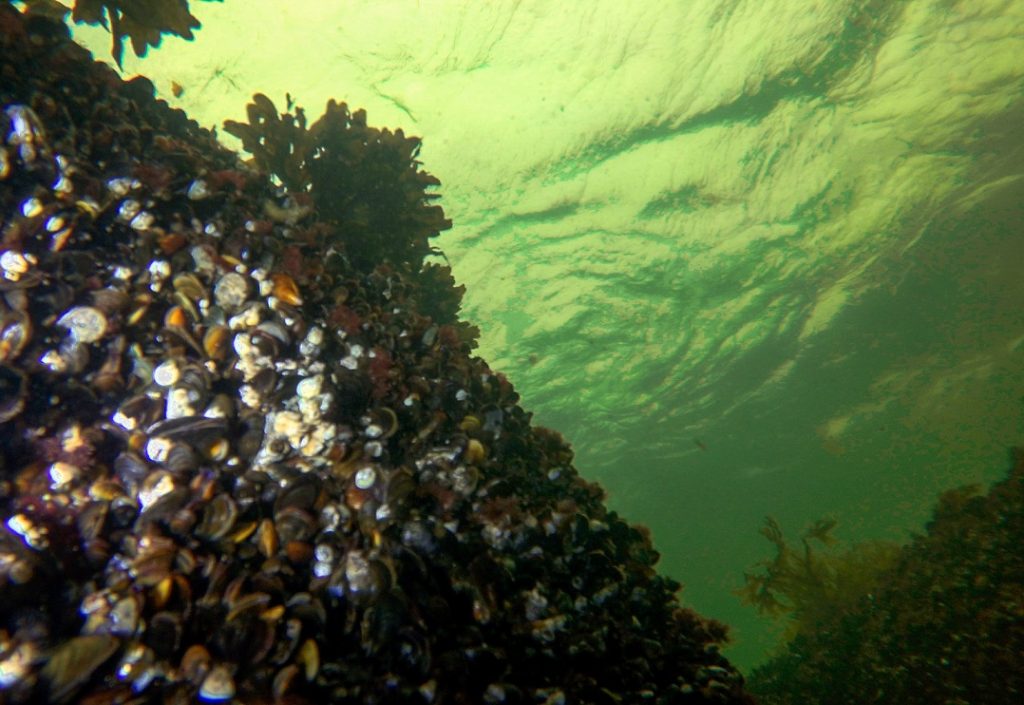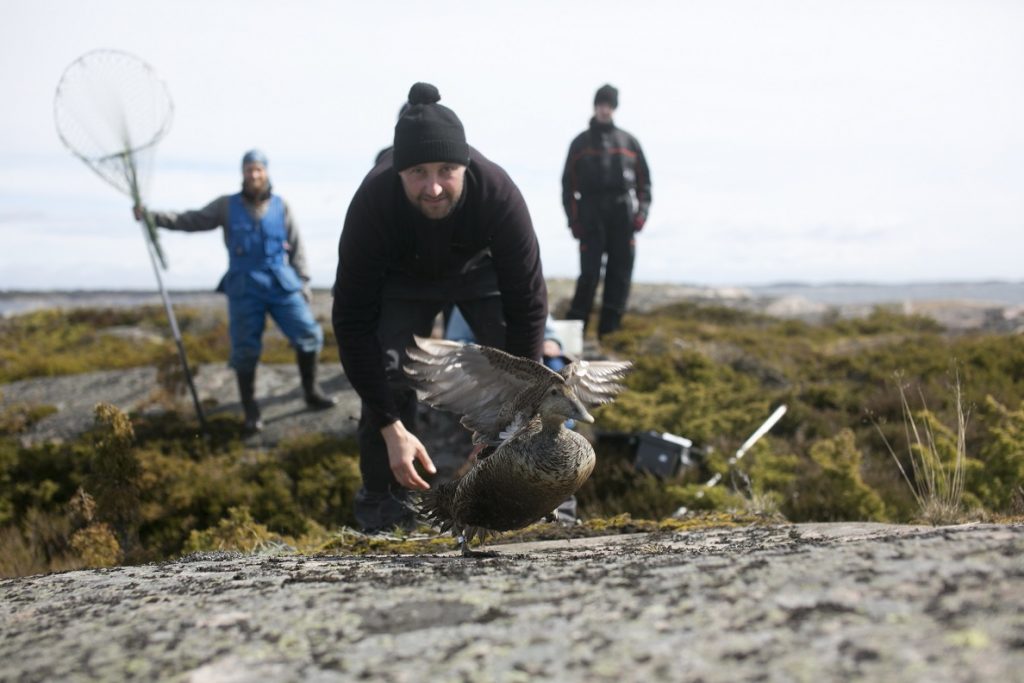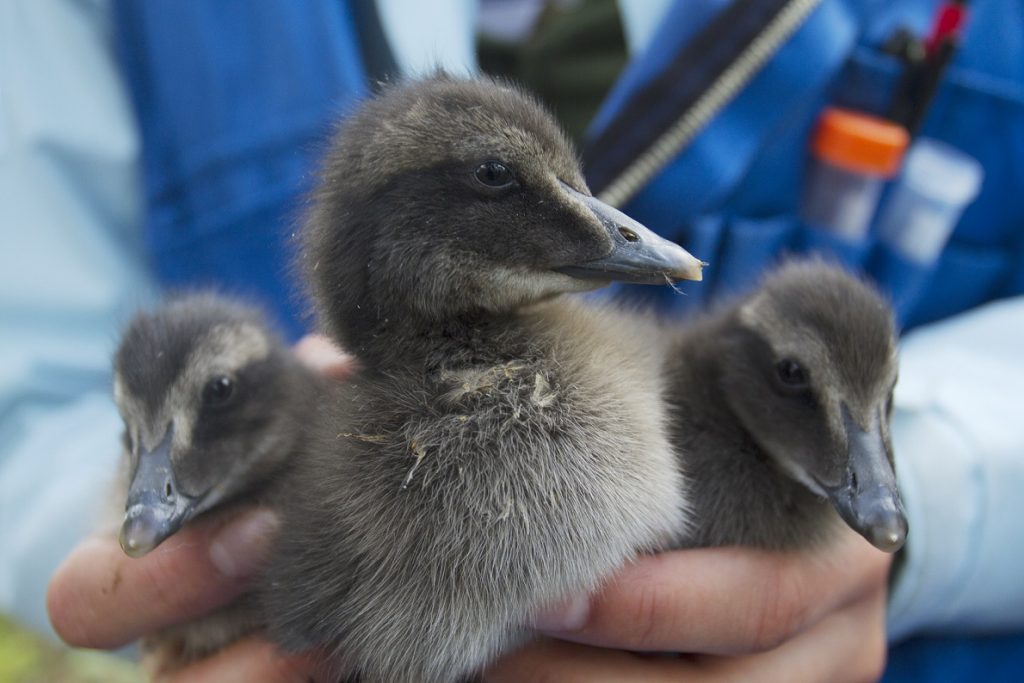
During spring time when the canopy leaves emerge in deciduous trees in temperate forests, there is a drastic change in light quality reaching the forest understorey. In collaboration with the Canopy Spectral Ecology and Ecophysiology group (CanSEE) at the University of Helsinki, researchers from the University of Rouen (Université de Rouen) visited Lammi Biological station this summer to investigate how this drastic change in light quality reaching the forest floor affects the ecosystem as a whole.
Plants in the understorey utilise light signals as cues to help time when their leaves emerge, when they flower, how to tall to grow, how large to make their leaves, as well as affecting their photosynthesis, leaf pigments and root growth.
Over the last three years the CanSEE group led by Dr Matthew Robson has been characterising the changes in the composition of light that reaches the forest understorey, and examining how different plant species respond to the change in these light signals. However these changes seen above ground are only half the story.
How does this affect below ground processes? The properties of soil in close vicinity to plant roots are modified by a large range of processes that occur during plant growth, which in turn affect the rhizosphere microbiota. Plant roots not only contain compounds such as sugars and amino acids for soil microbiota, but also compounds for defence such as antimicrobials and nematicides. Furthermore, the uptake of ions in the soil by roots can drastically affect the pH of the soil.
Researchers Dr Estelle Forey and Marta Pieristé from the University of Rouen are now beginning to investigate these questions, and in collaboration with CanSEE group, seek to understand how light quality in the forest understorey affects the ecosystem as a whole.
After long term plots either blocking out different light signals were set up in 2016, the two research groups have begun to sample the changes that occur in plants, soil and microfauna when these plots are deprived of different light signals.
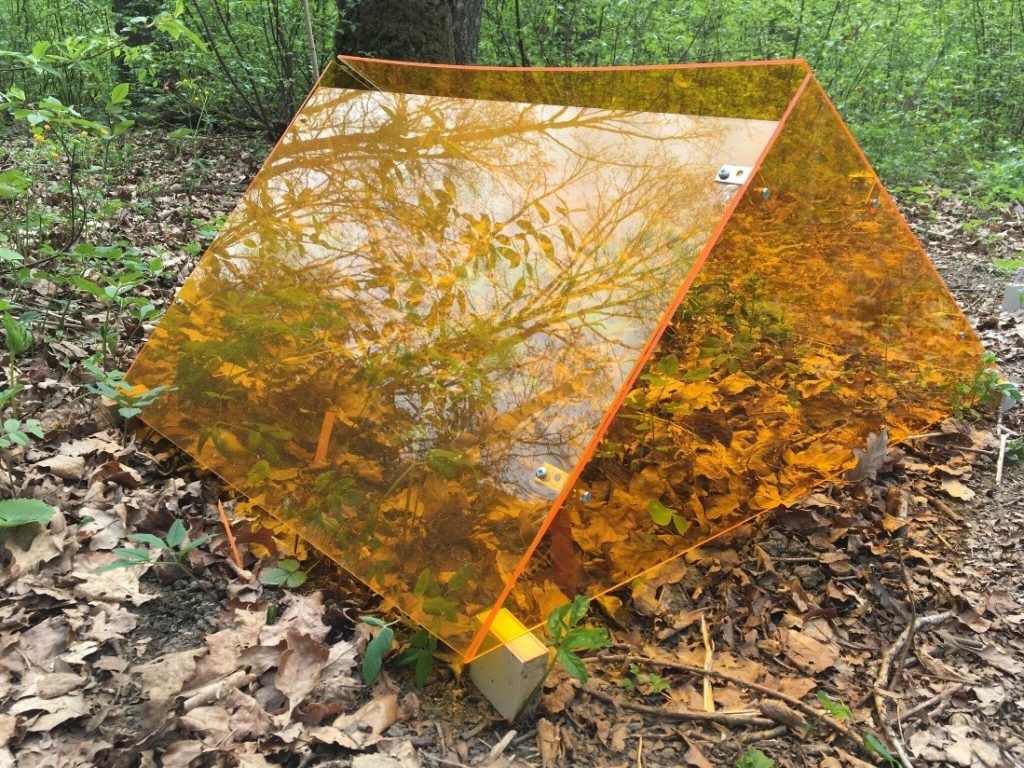

The results from this work may be important in understanding how climate change will affect the forest understorey ecosystem. The date of canopy leaf out in spring is advancing at 2.5 days per decade since 1971 in temperate forests due to rising global temperatures. In turn, this means that the changes in light signals due to canopy shade in the forest understorey will occur earlier, and may have cascading effects on understorey species of plants, soil and microfauna.
Text: Craig Brelsford, PhD Student (Canopy Spectral Ecology and cophysiology (CanSEE) Group).
Photos: Marta Pieristé.
